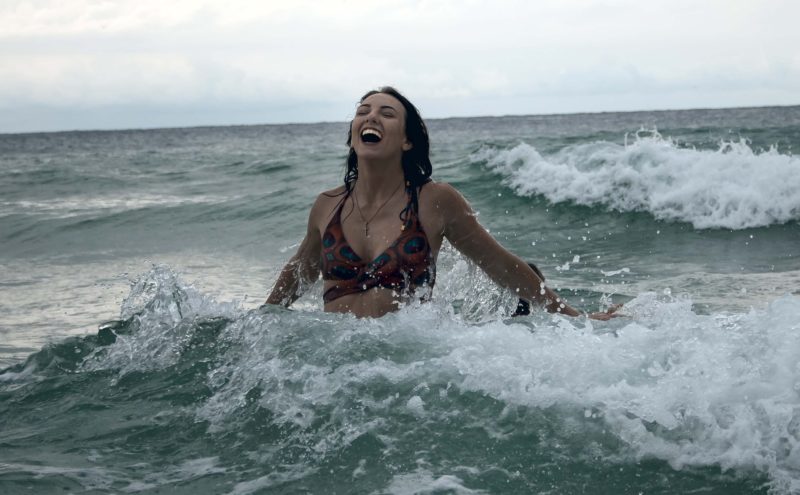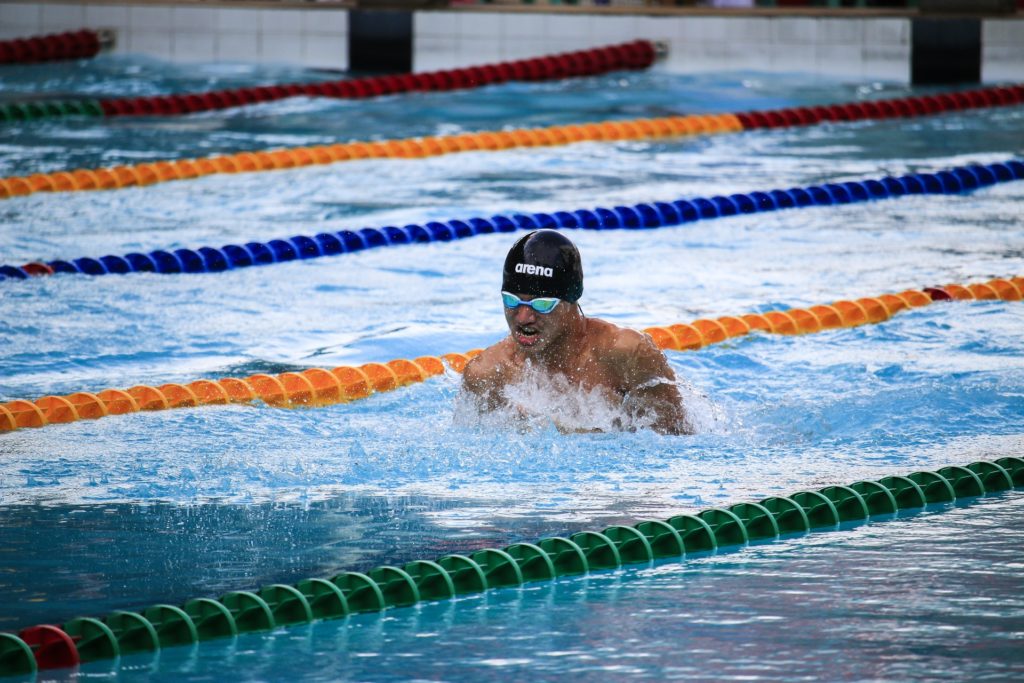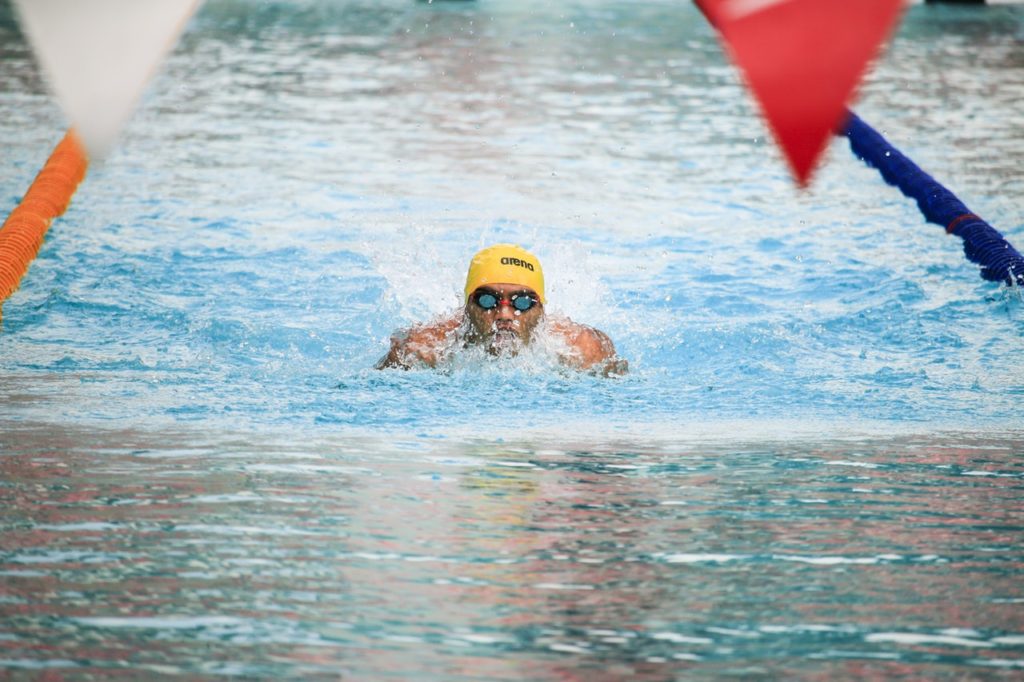Daniel Bullock, Director of Swim for Tri, explains how to gain the confidence to take part in an open water swim…
I can truly empathise with the nervous swimmer when helping people get to grips with open water. I am one of those people, even now, when it comes to swimming in the sea. Before that it was open water in general. Initially as a pool swimmer, the transition to being a happier open water swimmer for me took place in my second season when I had the opportunity to swim open water every weekend, either as a training session or as a race.
By the end of the season, I was quite happy in open water, but it took time. Time to get familiar with my surroundings, spending time in the environment that was worrying me. I look at confidence in the water in the following way now when helping someone new to open water swimming.
Recognise current levels
What are the main concerns? The lack of clarity? The mass of people? The slight restriction around the chest from the wetsuit? Do we need to build confidence through improved swim technique, fitness, perhaps both or psychologically overcoming fears? Being in the right frame of mind on Race Day comes from knowing you have done it in training, or replicated conditions in low-key, less stressful environments. Ideally, you will be confident of the distance not tiring you, but also of getting to the finish not overly stressed.
Skill acquisition
Improving levels of confidence comes from repeating actions over and over in a situation that slowly becomes less uncomfortable. Swim with two people either side of you, slowly getting closer as you progress down a pool lane. Add a few more people into the group, with someone out in front, add some people behind so that toe tapping is now familiar. Eventually that small group of the three of you is now 30 practicing across an open water venue ideally. This is how we build our open water group sessions.
Try to prepare in conditions that replicate your race dynamics. This sense of knowing can only help when it comes to lowering stress levels and building confidence that you are going to be ok on Race Day.
Build on it
When you think of all the things that can irritate and chip away at the already fragile confidence you might have in your open water swim, it seems sensible to take control of as many factors that can be within your control. Ensure your wetsuit is comfortable, that goggles fit and don’t leak, try to reduce fogging, learn some self-defence measures to protect yourself on the start. Catch-up is a great drill and will leave both arms around head, momentarily helping with a degree of protection if you are concerned.
Figure out the race start from previous video clips on youtube and certainly check the race schematics from any downloadable maps. If the race is a clockwise loop, lining up on the right hand side of the start will be busier than the left. More confidence might mean you start further up the field, and you then give yourself the opportunity to swim the first 400m rather than battle it out mid-pack. Nothing slows a swim, leaving you fatigued and frustrated, quite like wrestling your way through a densely packed field of slower swimmers.
Many swimmers find their best swimming halfway through a training session, after a good warm-up and a chance to build into their stroke. Try to recreate this sensation earlier in the race by performing a dry land warm-up shortly before a water based (if possible) warm-up, so that you feel good and ready to swim well when the gun goes.
Preparation
Too often, too close to Race Day, I come across people not yet knowing they will be happy with completing the race distance required. This is something you should be happy with well in advance, even if it means breaking it into more manageable chunks. If I was planning my first mile and wanted a way to find out if I was ready I would consider trying the following each month. Initially you might need to build up to finishing this swim: that is ok. Just try to get through it a little further each time.
One Mile Test Swim
- 3x200m, resting 30 secs between each swim
- Continue into 6x100m, resting 20 secs
- 8x50m, resting 10 secs
With this ‘mainset’ there is enough rest to enable you to keep going, but not so much you fully recover and don’t get the feel of attempting a full mile and the associated fatigue. The addition of a wetsuit on Race Day will make this easier, so don’t panic if you find it hard.
With as many of the controllable aspects mastered, it might just keep the worry about the uncontrollable stuff under control.






